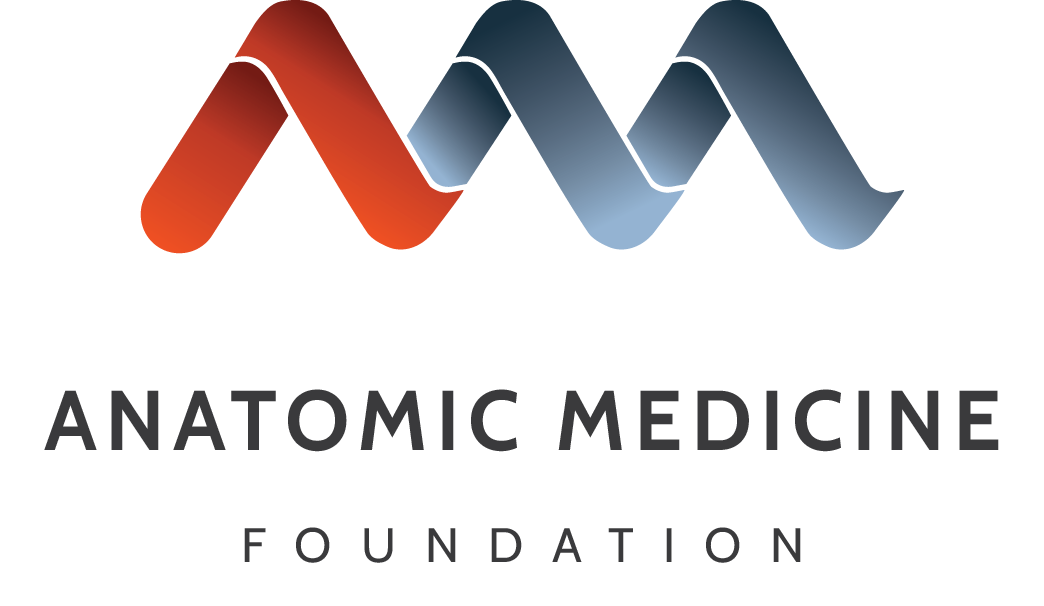This course is the third in the series of four courses teaching a therapeutic approach for chronic pain care known as myoActivation.
Understand key elements in abnormal soft tissue biomechanics that contribute to chronic pain
Gain knowledge and skills of postural abnormalities and mobility impairments that indicate sources of chronic pain
Understand the consequences of fractures on the development of chronic pain
Gain skills to apply myoActivation treatment for arm and leg pain
Participants will review clinical anatomy, practice new assessment techniques, and treat different regions of the body covered through the four levels of this course.
Emphasis has been placed on practical, hands-on skills. Participants will be expected to practice on each other.
The scope of the Level 3 course has been carefully structured to provide solutions for common chronic pain presentations in treatment areas requiring more precision than techniques learned in Level 2.
-
Physicians & nurse practitioners who have completed the Level 1 course and want to learn myoActivation treatment approaches for chronic pain presentations in specific anatomical areas and for certain complex conditions, not addressed in Level 1.
Participants must be licensed to deliver injections and hold liability insurance for their scope of practice.
-
WORKSHOP DAY 1
Relevant BASE tests, anatomy, palpation techniques and skills practice for:
Pain in the soft tissues of upper & lower leg
Knee pain
Ankle pain
Assessment and treatment of gait impairments and postural transition difficulties
Assessment and treatment of common sports injuries in the lower limb
Clinical consequences of abnormal soft tissue biomechanics
Medicolegal considerations in injury evaluation and percutaneous interventions
WORKSHOP DAY 2
Relevant BASE tests, anatomy, palpation techniques and skills practice for:
Pain in the soft tissues of upper arm & forearm
Shoulder pain – complex presentations
Elbow pain
Wrist pain
Assessment and treatment of static postural impairments
Assessment and treatment of common sports injuries in the upper limb
Post-fracture pain assessment and treatment
Review and evaluation
-
Level 3 training delivers adaptive, innovative content and on-site learning.
Part 1: Self-Study
Learners complete knowledge modules prior to on-site learning. Estimated time needed is up to 1 hour.Part 2: Hands-on Clinical Skills Building
A two-day on-site clinical workshop, including practice and case studies.Maximum class size: 18 learners
Instructor/Learner Ratio: 1:6 or less
-
This portion of the course should be completed before the 2 day clinical workshop.
The online portion covers the fundamentals of myoActivation from principles through practice, delivered via an e-Learning platform.
Estimated time required: up to 1 hour.
In addition, participants should review myofascial anatomy of the torso and major muscles of the leg using their preferred anatomy textbook or App.
Recommendations:
Text: Biel, Andrew, Trail Guide to the Body, revised 5th edition, 2014
App: Visible Body Muscle Premium
Optional: Myofascial Pain and Dysfunction: The Trigger Point Manual, 3rd Edition
